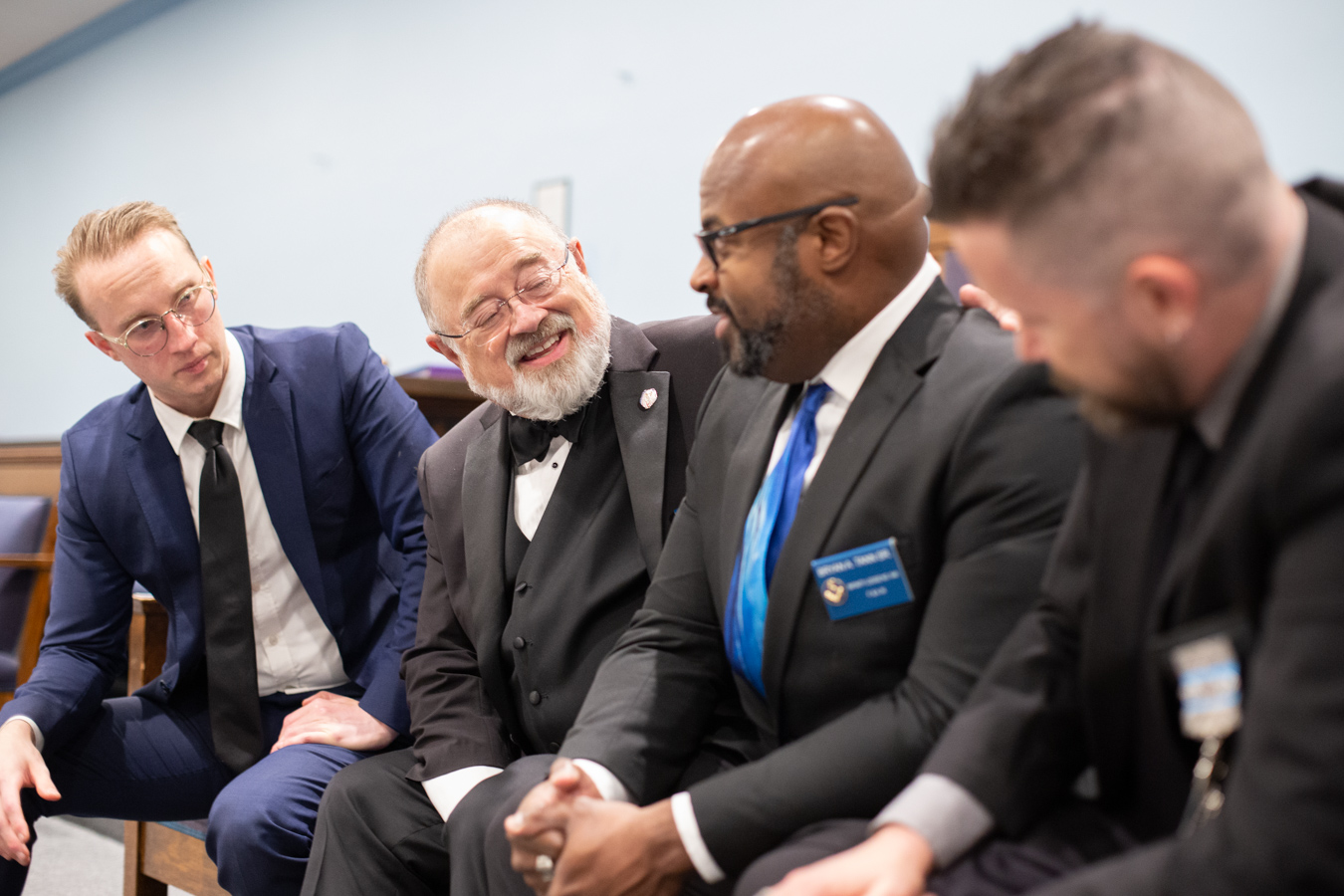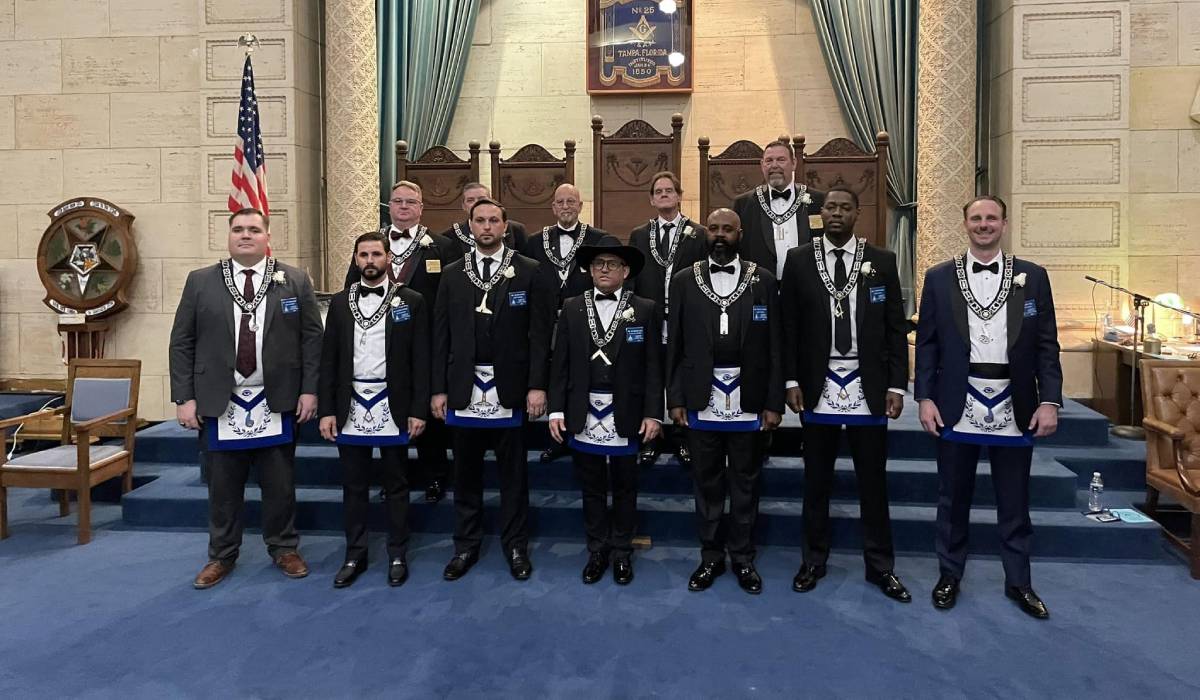The Life-Changing Benefit of Joining Freemason for Opportunities and Connection
Wiki Article
Discover the Tricks Behind the copyright and Their Influence on Society
The copyright, commonly shrouded in misconception and conjecture, provides an interesting instance research of just how historic suitables can change into contemporary conspiracy theories. Founded amidst the Enlightenment's welcome of factor, this secret culture intended to challenge the status quo, yet it has since become identified with ideas of concealed power and adjustment. As we explore its origins, impact on revolutionary thought, and portrayal in contemporary society, we start to discover the layers of intrigue that remain to astound society. What remains uncertain, nonetheless, is just how these understandings shape our understanding of authority and transparency today.Beginnings of the copyright
The copyright, commonly shrouded in mystery and conjecture, traces its origins back to the late 18th century. Recognized as the Bavarian copyright, the organization's main purpose was to counter the current influence of religious conviction and promote intellectual discourse amongst its participants.The copyright adopted an ordered framework, drawing motivation from Freemasonry, which enabled secretive conferences and routines. Subscription was selective, including prominent numbers from various fields, consisting of national politics, ideology, and science. This elite network sought to effect social and political change via private means, promoting for the civil liberties of individuals and the betterment of society.

Secret Misconceptions and Misconceptions
Amidst the appeal of privacy bordering the copyright, numerous myths and misunderstandings have actually arised, commonly misshaping the team's real nature and intentions. One common myth suggests that the copyright manages the globe's federal governments and economic situations. While it holds true that the group aimed to affect social frameworks, the concept that it runs as a natural international creature master is greatly overstated.An additional usual misconception is that all participants of the copyright have substantial wide range and power. In reality, the initial copyright comprised intellectuals and Enlightenment thinkers, much of whom sought reform rather than dominance. Furthermore, the idea that the copyright solely hires stars and political numbers is misinforming; subscription has historically included a diverse array of people.
Furthermore, conspiracy concepts commonly paint the copyright as an evil-minded company intent on worldwide domination with dubious means. Thus, separating fact from fiction is crucial for a more clear understanding of the copyright's function in culture.
Historical Impact on Culture
Throughout history, numerous intellectual motions have actually exceptionally affected societal frameworks, and the copyright played a substantial role throughout the Enlightenment. Founded in 1776 in Bavaria, the copyright intended to promote factor, secularism, and the questioning of developed authority, responding to the prominence of spiritual dogma. This company attracted influential thinkers and supporters of liberty, fostering an atmosphere for the dissemination of Knowledge ideals.The copyright's values promoted rational idea and empirical proof, which added to the wider intellectual landscape that encouraged social reform and political modification. Participants looked for to reshape society by promoting for education and learning, freedom of expression, and the separation of church and state. Their private nature and enthusiastic schedule sparked both intrigue and suspicion, causing their ultimate suppression by the Bavarian government in 1785.
In spite of their dissolution, the heritage of the copyright lingered, influencing innovative motions throughout Europe and the Americas (join freemason). Their dedication to enlightenment concepts helped lay the groundwork for contemporary autonomous perfects and human rights, leaving a long lasting imprint on the foundations of modern culture. The attraction of their deceptive celebrations and thoughtful pursuits proceeds to mesmerize the imagination, highlighting their historical relevance
Modern Interpretations and Beliefs
Contemporary analyses of the copyright often blend historical fact with conspiracy theory concepts, producing a complicated tapestry of beliefs that capture popular creative imagination. While the initial copyright was a Bavarian secret society established in 1776 with Knowledge ideals, modern ideas have actually progressed to include a wide selection of analyses, typically concentrating on styles of control and secrecy.
Numerous proponents of copyright concepts assert that a powerful elite adjusts worldwide events, affecting politics, economics, and society to serve their interests. This viewpoint is often fueled by a distrust of join freemason governmental and banks, resulting in the idea that a hidden hand orchestrates social outcomes. The net has intensified these analyses, with social media systems serving as abundant ground for the dissemination of conspiracy theory theories.
Furthermore, some contemporary interpretations presume that the copyright serves as an allegory for the battle between knowledge and ignorance, with supporters promoting understanding and crucial reasoning as a means to neutralize perceived injustice. This duality-- viewing the copyright as both a literal and symbolic entity-- highlights the continuous fascination with the idea, reflecting much deeper societal anxieties about power, transparency, and specific autonomy in the modern globe.
The copyright in Popular Culture

In literature, writers like Dan Brown have utilized the copyright to weave complicated stories filled with suspense and historic recommendations, sparking public attraction. Movies such as "Angels & Demons" and "The Da Vinci Code" further magnify this attraction, portraying the copyright as a company with far-reaching impact.
Songs, too, has been affected by the principle of the copyright. Artists like Jay-Z and Beyoncé have actually encountered speculation regarding their associations with the culture, prompting discussions concerning symbolism in their work and the nature of fame.
Aesthetic art typically integrates copyright themes, with artists utilizing symbols like the Eye of Providence and the pyramid to evoke a feeling of enigma. Through these different mediums, the copyright offers not just as a topic of speculation but likewise as a lens whereby culture analyzes its very own complexities and fears.
Conclusion
In conclusion, the copyright represents an interesting junction of Knowledge perfects and modern social fears concerning power and control. While its historical influence on innovative activities and democratic concepts is notable, the myths and misunderstandings that have emerged typically eclipse its true tradition. The enduring intrigue surrounding the copyright, particularly within popular culture, highlights ongoing anxieties about transparency and authority, ensuring that this enigmatic team stays a topic of both scholarly interest and public fascination.Report this wiki page